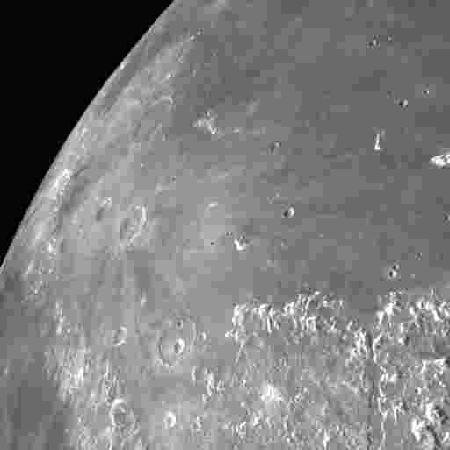SpaceX successfully completes static fire tests of both Superheavy and Starship
SpaceX today successfully completed static fire tests on both Superheavy and Starship prototypes intended to fly on its next orbital test flight.
The video at the link is four hours long. The Starship engine burn occurs at 1 hour 15 minutes and lasts about five seconds. The Superheavy burn takes place at 2 hours 42 minutes, and lasts about ten seconds. Both burns appeared to operate exactly as planned, though obviously an inspection of the launchpad under Superheavy will have to take place to see if its deluge system operated as intended.
Once again, SpaceX is demonstrating that it will be ready to go for the third orbital test launch of this rocket in mere weeks. Based on these tests today as well as past operations, it seems that all the company needs to do now is stack Starship on top of Superheavy, do another dress rehearsal countdown, and then go.
It won’t however. There is no word from the FAA on when it will issue a launch permit. Based on the previous launch, it will likely not issue the permit when SpaceX says it has completed its investigation of the last launch and is ready to fly again. Instead it will take another month or two writing up its own report (which will essentially reword what SpaceX has told it). Then, once the FAA is finished only then will the Fish and Wildlife Service begin to write up its report (as happened in the fall), causing further delays.
I repeat my prediction from November: No launch until March, at the earliest. The federal government continues to stand in the way of progress, and freedom.
Hat tip to BtB’s stringer Jay.
SpaceX today successfully completed static fire tests on both Superheavy and Starship prototypes intended to fly on its next orbital test flight.
The video at the link is four hours long. The Starship engine burn occurs at 1 hour 15 minutes and lasts about five seconds. The Superheavy burn takes place at 2 hours 42 minutes, and lasts about ten seconds. Both burns appeared to operate exactly as planned, though obviously an inspection of the launchpad under Superheavy will have to take place to see if its deluge system operated as intended.
Once again, SpaceX is demonstrating that it will be ready to go for the third orbital test launch of this rocket in mere weeks. Based on these tests today as well as past operations, it seems that all the company needs to do now is stack Starship on top of Superheavy, do another dress rehearsal countdown, and then go.
It won’t however. There is no word from the FAA on when it will issue a launch permit. Based on the previous launch, it will likely not issue the permit when SpaceX says it has completed its investigation of the last launch and is ready to fly again. Instead it will take another month or two writing up its own report (which will essentially reword what SpaceX has told it). Then, once the FAA is finished only then will the Fish and Wildlife Service begin to write up its report (as happened in the fall), causing further delays.
I repeat my prediction from November: No launch until March, at the earliest. The federal government continues to stand in the way of progress, and freedom.
Hat tip to BtB’s stringer Jay.














